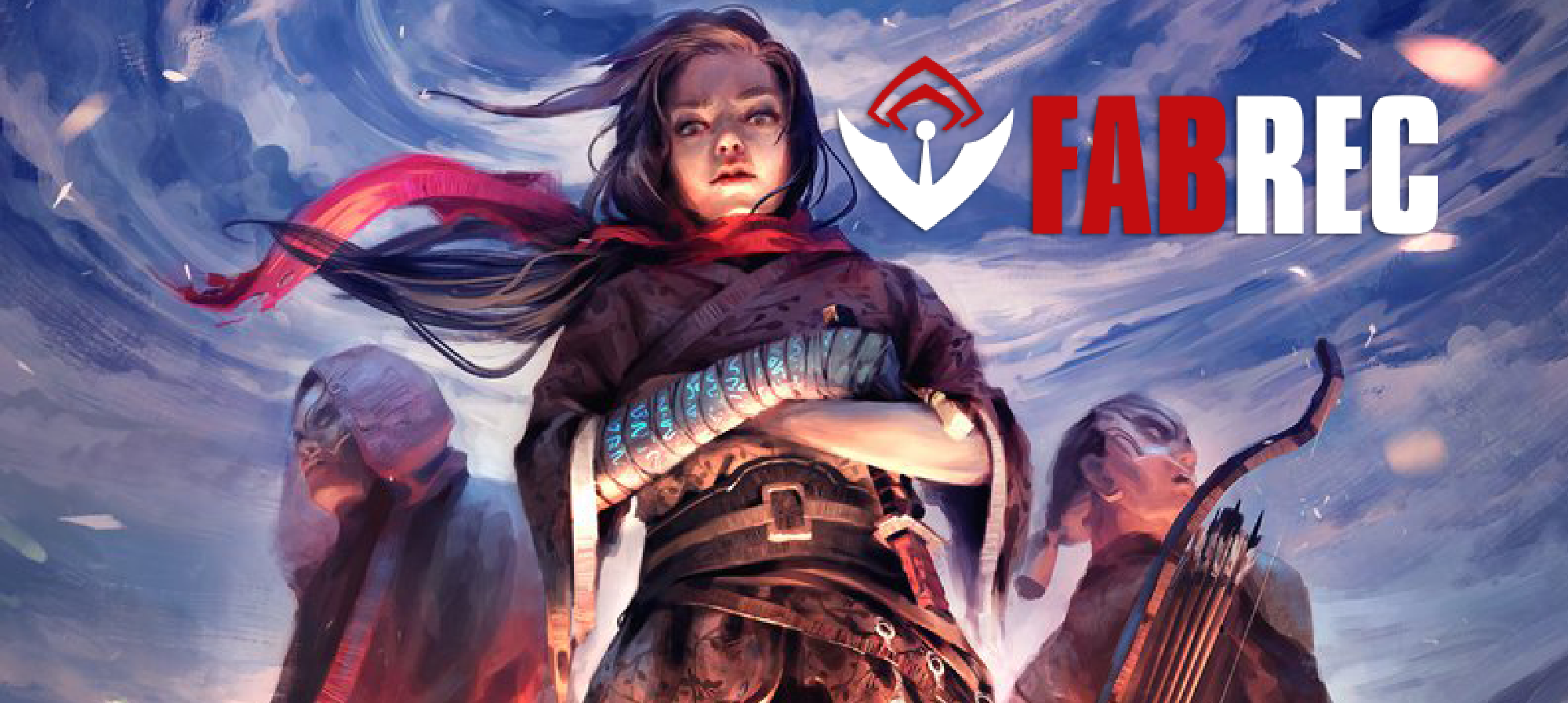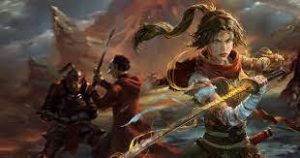CnC (Casual and Competitive) – Ira, Crimson Haze

(Ira, Crimson Haze | Art by Le Vuong)
Welcome back to CnC! Through this series, we’ll break down just what each hero brings to the table, from abilities, to playable cards and equipment, to interactions with other heroes. Looking at Blitz, CC, and UPF, we’ll see which heroes are winners, playable, fun, or need more support.
If you’re like me, you probably started playing Flesh and Blood with the Welcome Deck – Ira. This young Ninja hero was the first deck for a number of players, and helped teach them the basic mechanics of the game. What’s go again? How do chain links work? What’s the difference between defending and defense reacting? And many more.
Today, she’s not only a Welcome deck, but also part of Round the Table, an Ultimate Pit Fight preconstructed product that gave her even more support. How good is she now? Keep reading to find out.
What Does She Do?
Ira, Crimson Haze is exclusively a young hero with four intellect and 20 life. She’s a Ninja, which means she can play Generic and Ninja cards. Her effect is very simple – your second attack each turn gains +1 attack.
Weapons and Equipment
Through the years, Ira has gotten a lot of playable equipment and weapons. Her signature weapon is Edge of Autumn, a sword that, just like Ira, is very simple. Once per turn for one resource you may attack for one damage with go again.
The more common weapon in any Ira deck is the Harmonized Kodachi. Like Edge, this dagger attacks for one damage and costs one resource. It also has go again, but with a stipulation: you must have a zero-cost card in the pitch zone.
Another dagger option is Zephyr Needle. You can attack with it once per turn for one cost, and it attacks for two damage. However, if it’s defended by a card whose block is greater than Zephyr’s attack, it breaks when the combat chain closes.
For the head piece, masks are your friends, specifically Mask of Momentum and Mask of Many Faces. Your arm parts will depend on your playstyle and what you want from your deck, but Tiger Stripe Shuko, Flick Knives and Breaking Scales are all good choices.
Just like most decks, Fyendal’s Spring Tunic is simply a must have, but again, depending on what kind of game you’re playing, you can also choose from Vest of the First Fist and Blood Drop Brocade. Common leg equipment you’d want to have are Tide Flippers and Snapdragon Scalers, but many players will opt for Breeze Rider Boots. Don’t forget to add Nullrune equipment, depending on your matchup.
Cards That Are the Core
Ira wants to go wide and also go tall – a bunch of go again attacks and a big one for the finish. When in doubt, cards with Ira on the art are a pretty good choice. Scar for a Scar, Torrent of Tempo and Whirling Mist Blossom are just a few of these cards, and ones that every Ira deck should have.
Spinning Wheel Kick, Soulbeak Strike and Pounding Gale are more cards that you could use in your deck. There are also cards like Enlightened Strike or Command and Conquer, which are just good to have in basically any deck.
Round the Table also gave us two new cards that Ira can profit from: Bittering Thorns and Mauling Qi. Reactions won’t be the backbone of your deck, but could turn the table in your game. So make sure you have Razor Relfex and Ancestral Empowerment in your deck. D. reacts are much needed, but some decks could work with just Flic Flak, while you’ll also need Sink Below in others.
Let’s take a look at the formats Ira can be played in.
Blitz
Just as Round the Table and her Welcome deck showed us, Ira can be a viable Blitz deck. While her passive effect isn’t one to write home about, the extra +1 damage can be used to your advantage to just push out as much unblockable or difficult to block damage. For example, you could go Kodachi – Kodachi – random go again card, and, in theory, still have one card in hand if you pitched with a blue zero-cost. This makes your opponent think. What could that card be? Will you arsenal it? Play it? Should they fully block the go again attack or should they pass, hoping you’re bluffing?

Ira, Crimson Haze
The other thing you can try combining is making a five-attack as your second attack. Attacks that go for five are annoying. You either have to block with two three-block cards, three two-block cards, spend equipment, or have just enough luck to have a perfect five-block combo. In most cases, you’ll have to over block a five-attack, even if you don’t want to. This is where Ira can work her magic, playing a four-attack card as her second attack.
CC
As a young hero, Ira can’t be played in CC.
UPF
Serving a lot of damage through a lot of small attacks is a challenge, but Ira has all the tricks ready for that kind of play. Think low-cost go again attacks such as Head Jab or Leg Tap that just keep coming. Kodachis and their annoying one (or two, in Ira’s case) attack with go again is something you’ll see over and over again when playing against Ira. Now think about the flexibility of switching targets for your attacks. You get a Kodachi for one, but then switch and go for a Kodachi for two at the other person next to you. Just like Ira doesn’t care, you shouldn’t either, and your only goal should be finishing your turns fast and efficiently.
Overall Score: Playable / Fun to Play
Whether it’s just for nostalgic purposes or the fact you have the perfect build for her, picking up Ira is great for when you just want to have a relaxing game of Flesh and Blood. The simplicity of her ability combined with her only being a Ninja will bring you back to the beginnings of Flesh and Blood, when there weren’t any Frostbites, dragons or angels – just pure physical damage.